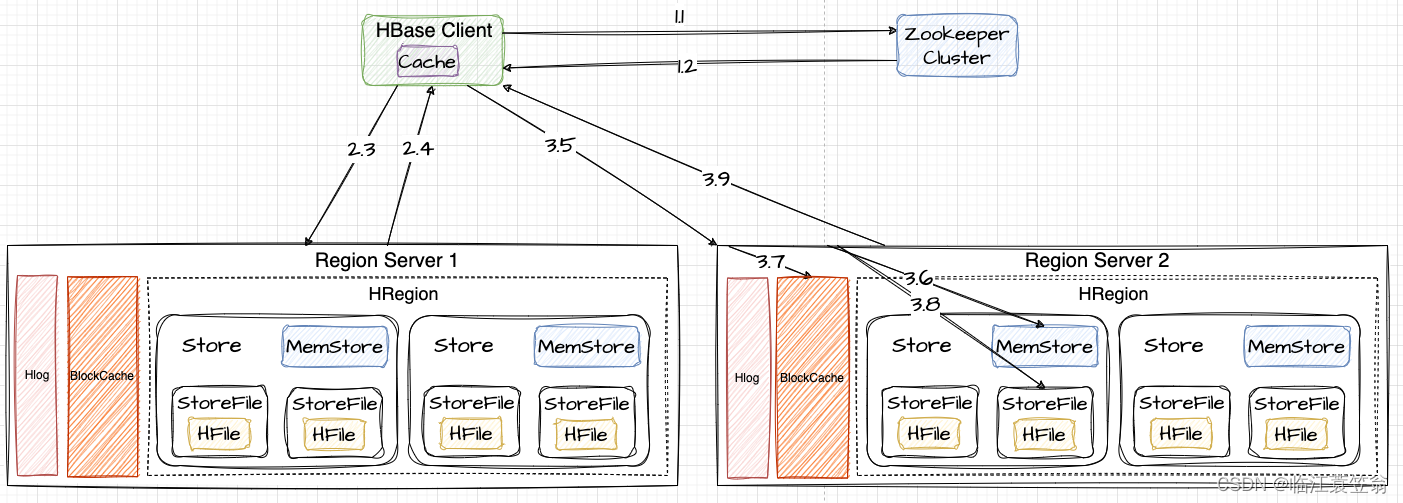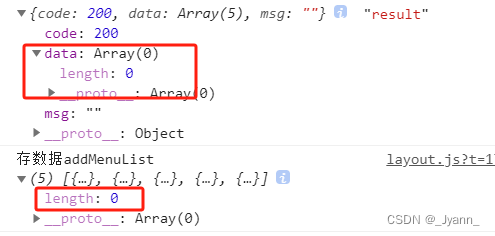1、模式标准
模式名称:外观模式
模式分类:结构型
模式意图:为一组复杂的子系统提供了一个统一的简单接口。这个统一接口位于所有子系统之上,使用户可以更方便地使用整个系统。
结构图:

适用于:
- 当你想为复杂子系统提供一个简单接口时。外观模式可以定义一个统一的接口,将复杂的子系统调用封装起来,使得客户端只需要调用简单的接口即可完成复杂操作。
- 当客户端和抽象的实现类过于紧密耦合,或者子系统之间的依赖关系复杂难以理解时。通过引入外观类,可以解决这些问题,降低客户端与子系统的耦合,提高系统的可维护性。
2、分析与设计
其实就是给我们的游戏框架设计一个主要的入口,比如我设计的游戏框架名叫xhgame(小何游戏),我就以这个xhgame作为这个外观。大部分功能都可以在xhgame这个入口进行完成。
意图:为一组游戏内的子系统提供了一个统一的框架入口xhgame。这个xhgame接口位于所有子系统之上,使用户可以更方便地使用整个系统。
3、开始打造

export class xhgame {// 设计模式10(外观模式)/** 当前游戏 */static get game() {return gameInstance.game};/** 当前游戏用到的enums */static get enums() {return gameInstance.game.getEnums()};/** 当前游戏用到的uiid */static get uiid() {return gameInstance.game.getEnums().UUID};/** 当前游戏用到的接口 */static get api() {return gameInstance.game.getEnums().API};/** 当前游戏用到的prefab */static get prefab() {return gameInstance.game.getEnums().PREFAB};/** 当前游戏用到的音效 */static get bgm() {return gameInstance.game.getEnums().BGM};/** 当前游戏用到的事件 */static get eventType() {return gameInstance.game.getEnums().eventType};/** 当前游戏用到的网络通讯 */static get net() {return gameInstance.game.getNet()};/** 当前游戏用到的视图绑定 */static get vm() {return gameInstance.game.getVM().getVMs()}/** 单位构建管理(含单位特有属性) */static get itemFactory() {return gameInstance.game.getItemFactory()}static get camera() {return gameInstance.camera}static get config() {return gameInstance.game.config}/** 本地存储 */static get storage() {return gameInstance.storage}/** 事件 */static get eventBus() {return gameInstance.eventBus}/** 游戏时间管理 */static get timer() {return gameInstance.timer}/** nodes管理 */static nodes: NodesManager = null;/** ui界面管理 */static gui: GuiManager = null;/** 游戏音乐管理 */static audio: AudioManager = null;
}4、开始使用
export class DemoGame {start(){xhgame.net.post(url)xhgame.timer.start()xhgame.storage.set('token','abc')xhgame.game.playerEntity.joinRoom()await xhgame.gui.openUIAsync(xhgame.uiid.Battle_Index)}}现在可以快速方便的使用各个子系统了,客户端只需要调用简单的接口,就可以直达子系统内的方法。
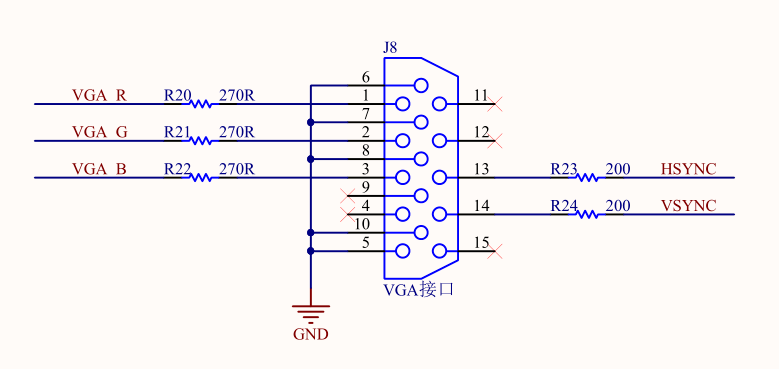


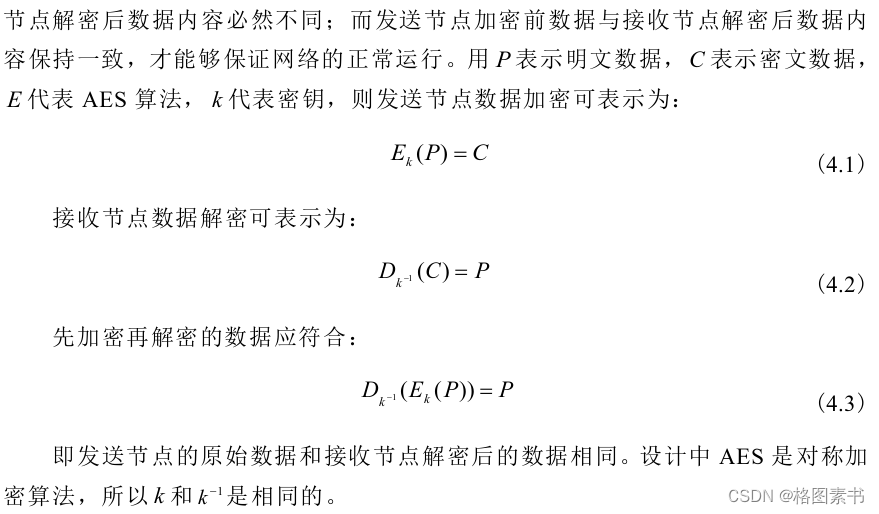
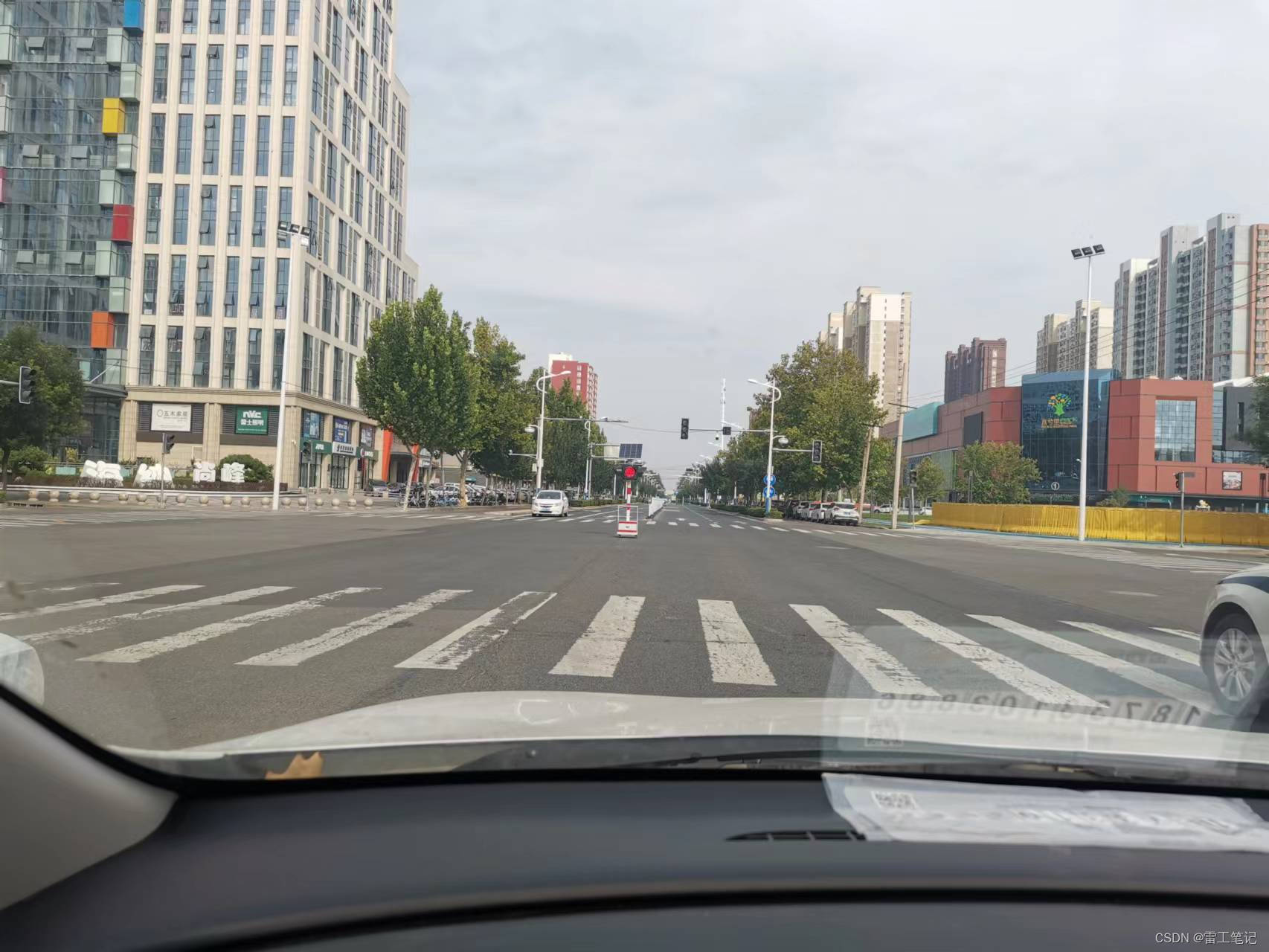




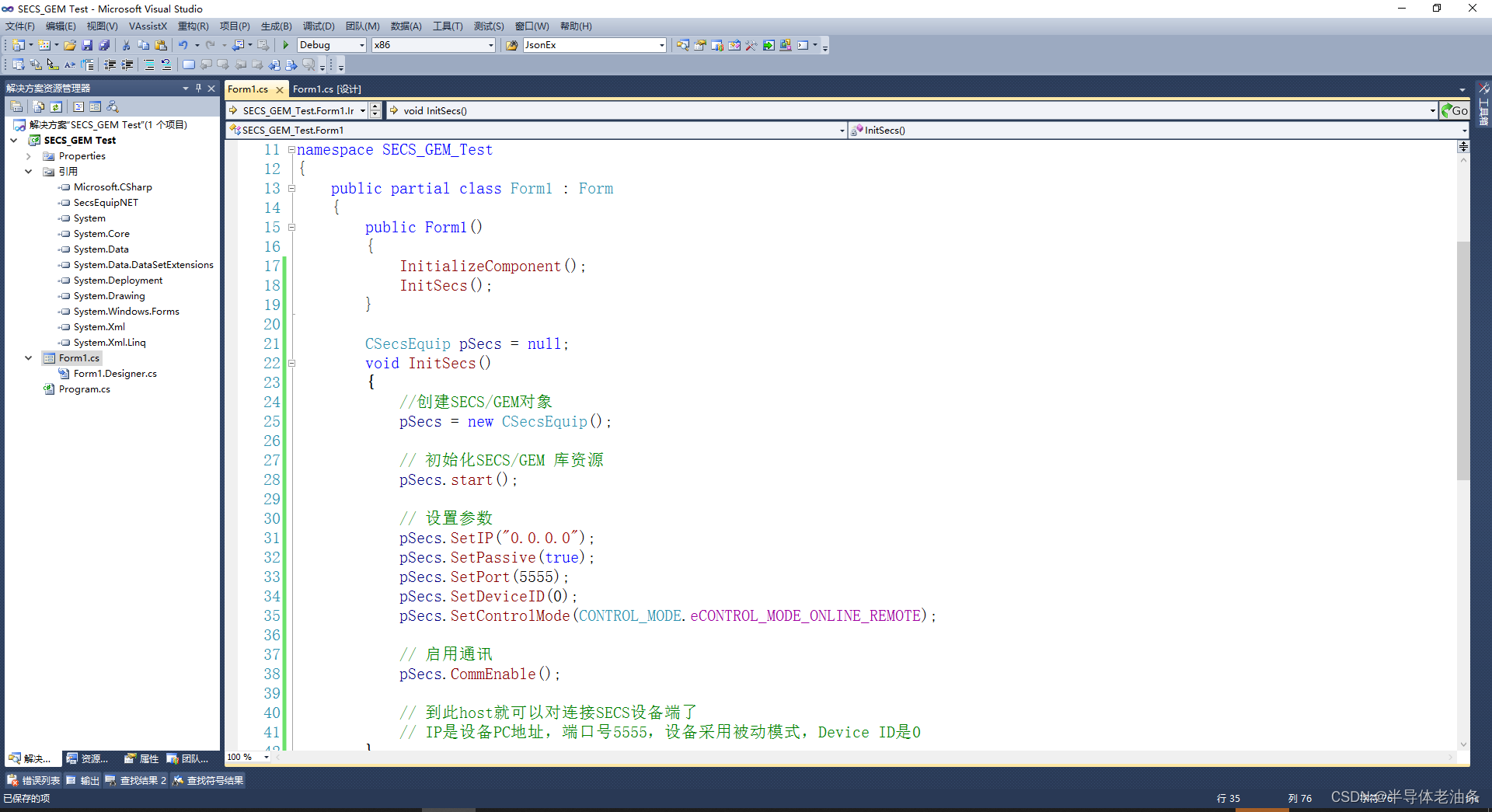

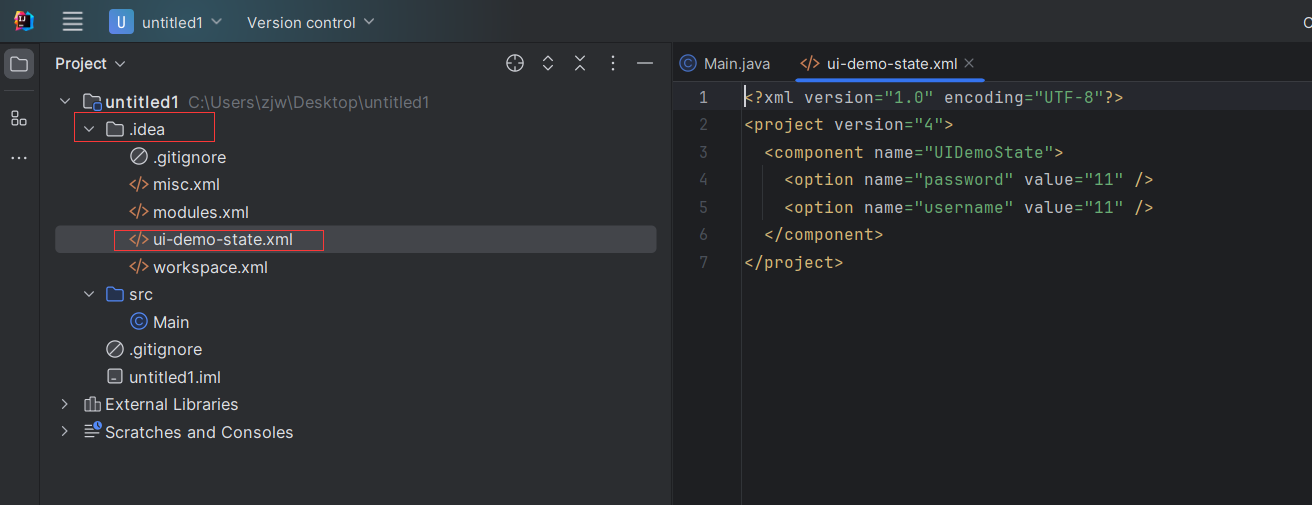
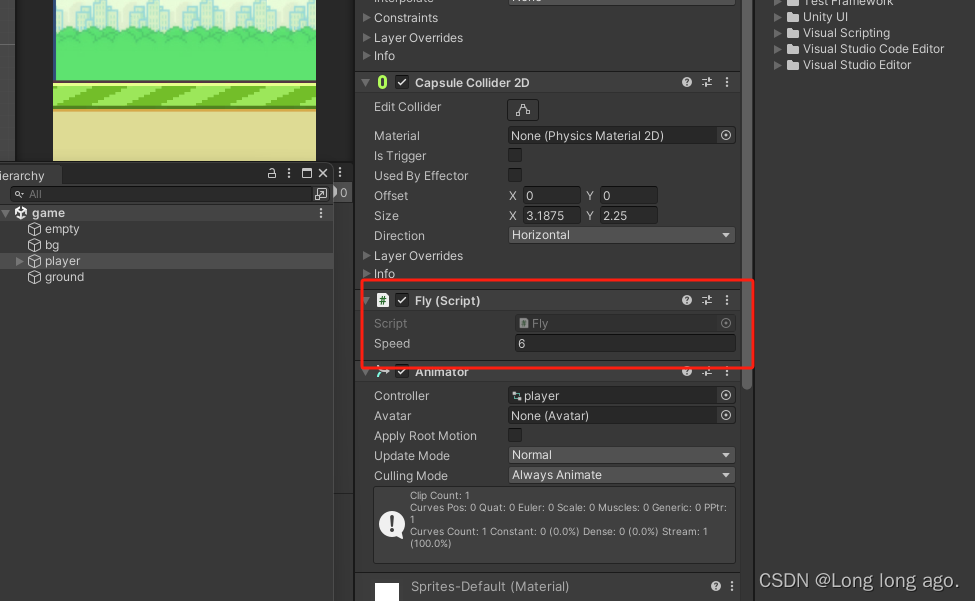

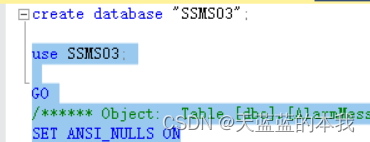
![反序列化 [网鼎杯 2020 朱雀组]phpweb 1](https://img-blog.csdnimg.cn/direct/8590d71bf0094336937f20db8d991c9b.png)
